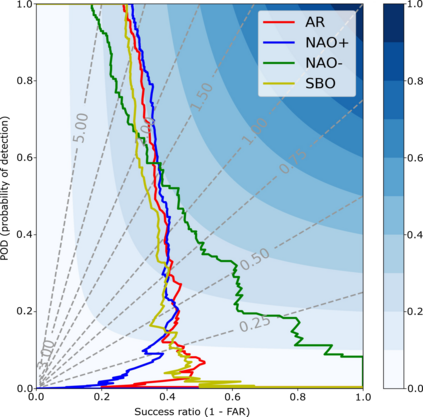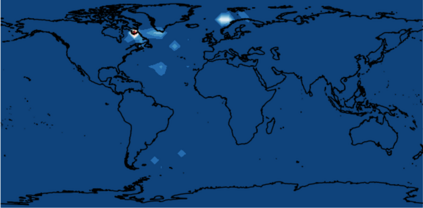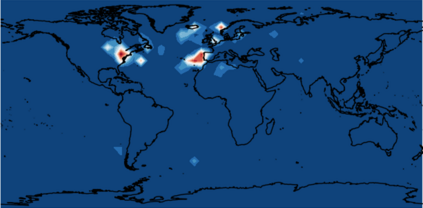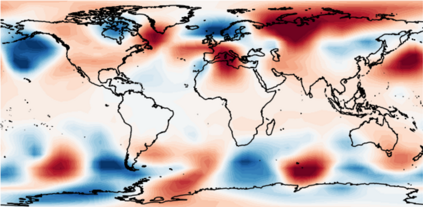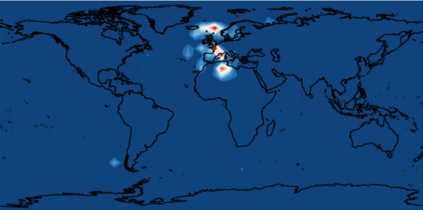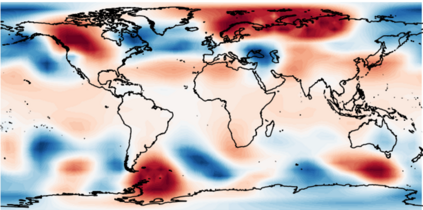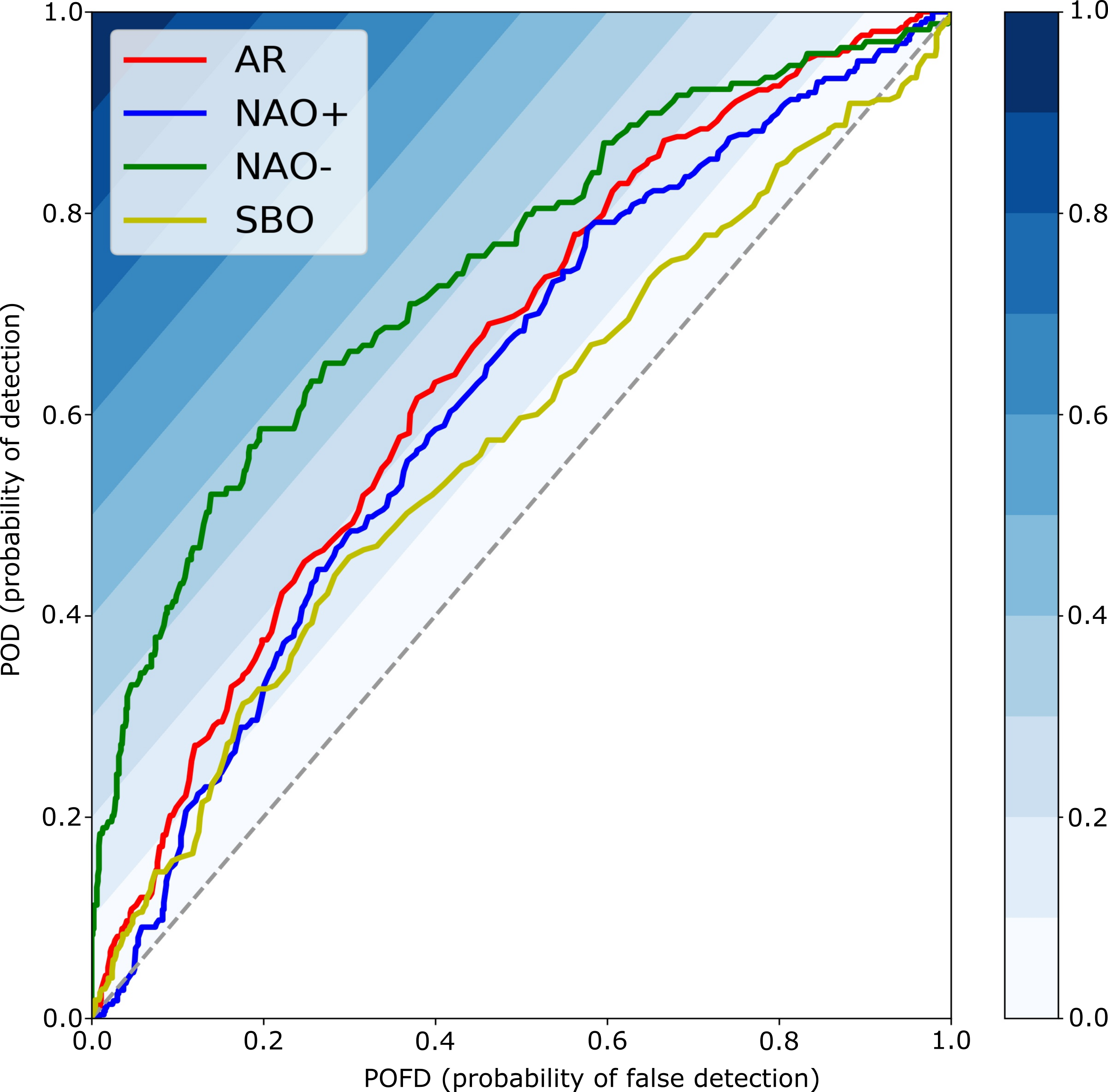Classifying the state of the atmosphere into a finite number of large-scale circulation regimes is a popular way of investigating teleconnections, the predictability of severe weather events, and climate change. Here, we investigate a supervised machine learning approach based on deformable convolutional neural networks (deCNNs) and transfer learning to forecast the North Atlantic-European weather regimes during extended boreal winter for 1 to 15 days into the future. We apply state-of-the-art interpretation techniques from the machine learning literature to attribute particular regions of interest or potential teleconnections relevant for any given weather cluster prediction or regime transition. We demonstrate superior forecasting performance relative to several classical meteorological benchmarks, as well as logistic regression and random forests. Due to its wider field of view, we also observe deCNN achieving considerably better performance than regular convolutional neural networks at lead times beyond 5-6 days. Finally, we find transfer learning to be of paramount importance, similar to previous data-driven atmospheric forecasting studies.
翻译:将大气状态分为有限数量的大规模环流系统是调查远程连接、恶劣天气事件的可预测性和气候变化的流行方法。在这里,我们调查基于变形变形神经神经网络(deCNNs)的受监督的机器学习方法,并将学习转移给未来寒冬1至15天的北大西洋-欧洲天气系统预报。我们运用机器学习文献中最先进的解释技术,确定与任何特定天气集群预测或制度过渡相关的特定感兴趣区域或潜在远程连接。我们显示了相对于若干典型气象基准以及后勤回归和随机森林的优异预测性业绩。我们还观察到德CNN在5至6天的周转时间比正常的革命神经网络取得比正常的更好的业绩。最后,我们认为,与以往的数据驱动的大气预报研究类似,转移至关重要。


